The Great Technique of Grafting
Our grafting process at Willaston nursery
For the past four years, our Willaston nursery has had a strong focus on the technique of plant grafting. We have been extensively preparing and trialling, with this year’s grafting season being our largest project to date, totalling around 8,000 plants—focusing on Malus, Sorbus and Prunus production. Grafting is a horticultural method of propagation, where living plant pieces are joined to create a viable plant. A rootstock is used to provide a well-developed, healthy and vigorous rooting system, and the scion is a high quality variety, with aesthetically or commercially desired features, such as flowers, foliage or fruits. For the process to be successful, it is essential for the cambium layer of the rootstock and scion to unite. As a rule, the rootstock and scion should be from the same genus or species, although some can successfully be grafted onto other species, providing they are in the same family of plants.
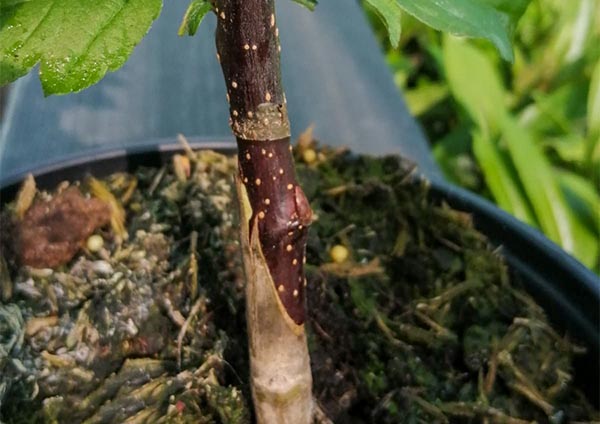
The whip and tongue grafting method.
Why do we graft plants?
Dominik Jakubzcak, our Northern Nurseries Manager, trained in grafting at college and university, as well as furthering his knowledge and skills with other professional courses, and knows the fantastic benefits that the grafting process brings to the horticultural industry. However, it’s a difficult task and requires a high skill level, as well as patience. The main purpose of grafting is to combine a plant’s flowering or fruiting qualities with a plant with more resilient qualities; the process can strengthen specific plants which grow weakly on their own root systems. However, grafting is carried out for many other purposes, such as when cultivars or cuttings don’t grow true from seed and an exact variety is desired, a damaged tree needs to be repaired, or furthermore, to speed up the development process. Wisteria is an excellent example of this and is a commonly grafted plant as it takes a considerably long time to mature.
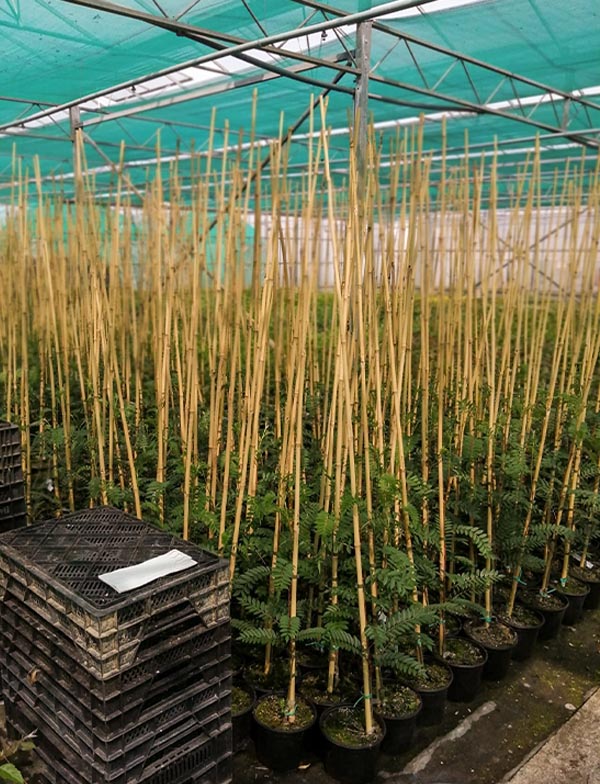
We are focussing on Malus, Sorbus and Prunus production.
For commercial reasons, the method of grafting is generally only used when other methods of propagation aren’t successful, or we want to achieve a particular tree size—such as the dwarf apple. Dwarf apple trees are attractive due to being easier to manage, take care of and harvest. Grafting is also useful for creating one tree with many different fruit varieties, such as the “family tree”, where a variety of different apples are grafted onto the same tree trunk. The “fruit cocktail” is also an attractive option, where various different fruits are grown on the same tree—such as plums, peaches and cherries. Grafting is one of the most expensive propagation production methods due to the cost of materials, but the technique allows us to greatly expand our plant offering.
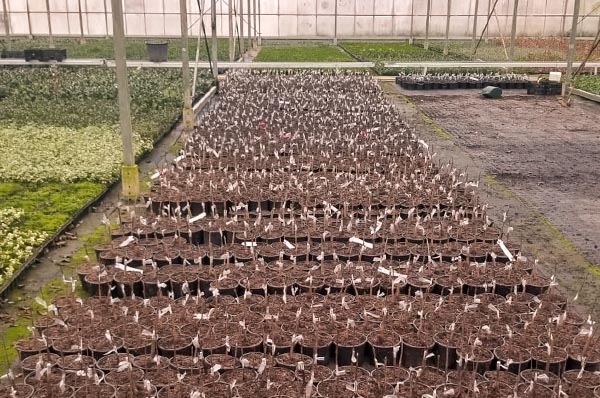
Plant grafting at Willaston nursery.
What are the most popular methods of grafting?
There are many different methods of grafting, including splice grafting and side veneer grafting, which we go into detail on below. The method carried out at our Willaston nursery is whip and tongue grafting.
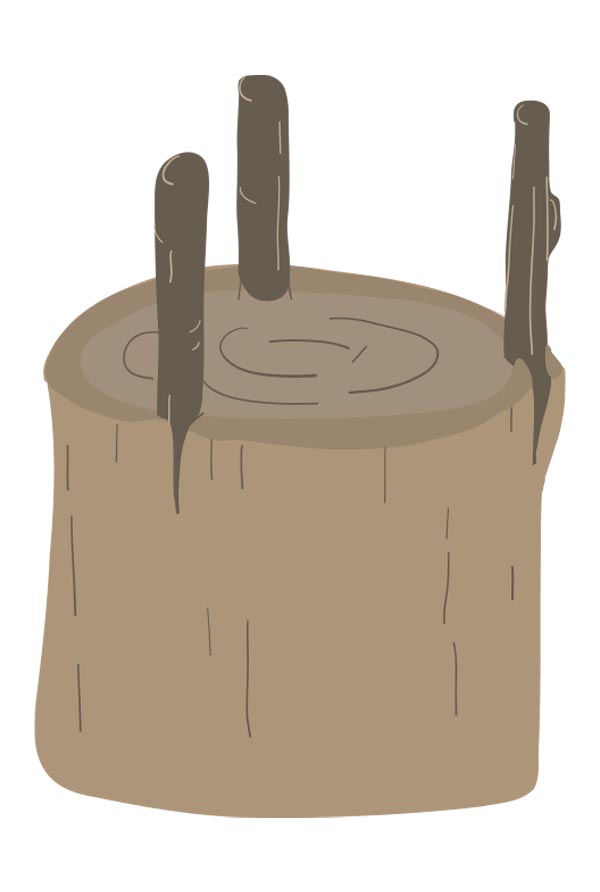
Bark
Great for flowering and fruiting trees, this method of grafting joins multiple scions to a singular rootstock. Performing bark grafts in early spring is best, as the plant is no longer dormant and its bark is green and slippery.

Bridge
A bridge graft is carried out to repair injury to the trunk of a tree. The graft allows nutrients and water to reach the damaged trunk base.

Chip budding
Chip budding is a type of grafting where a bud, as opposed to a shoot, is grafted onto the rootstock. It is usually carried out in mid to late summer.
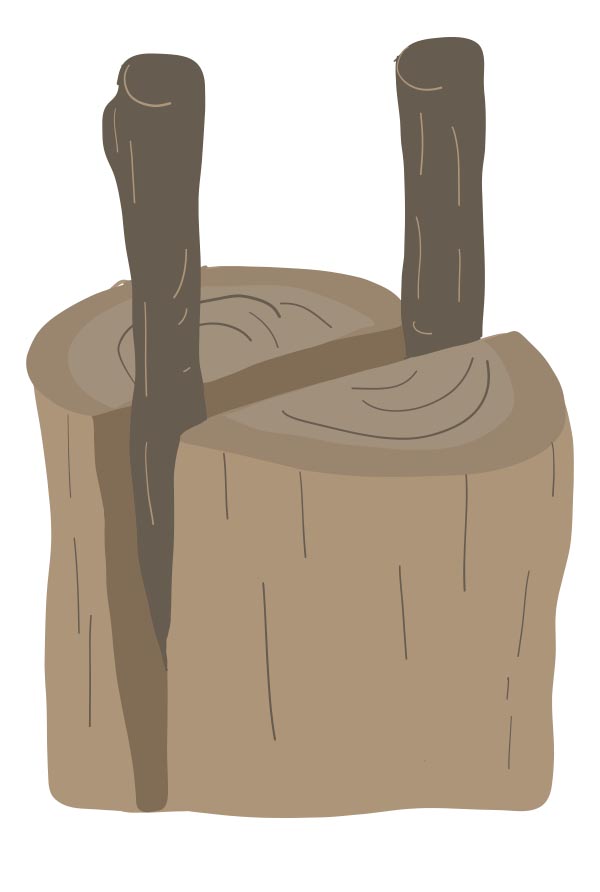
Cleft
With this type of grafting, a less hardy scion is joined to a hardy rootstock during winter to create a new variety. It is regularly used for flowering and fruiting trees. Cleft grafting is a great choice when grafting young rootstocks.
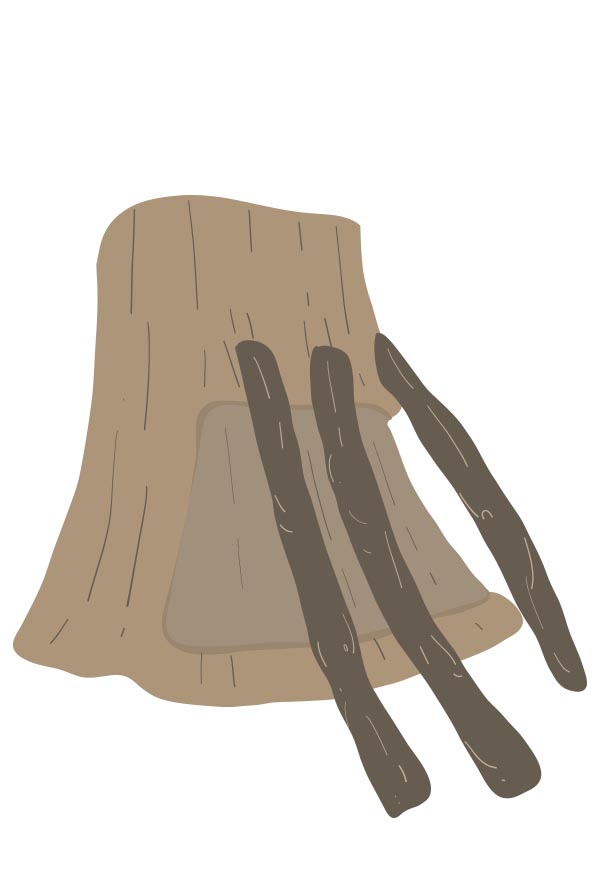
Inarch
This is one of the simpler grafting methods, carried out on dormant rootstock. Inarch grafting is used to support a weakened area of a plant stem.

Side sliced
Herbaceous plants with stem diameters of half an inch or less are well suited to splice grafting. It’s important for both the scion and rootstock to be equal in diameter. This type of grafting is carried out in late winter or early spring.
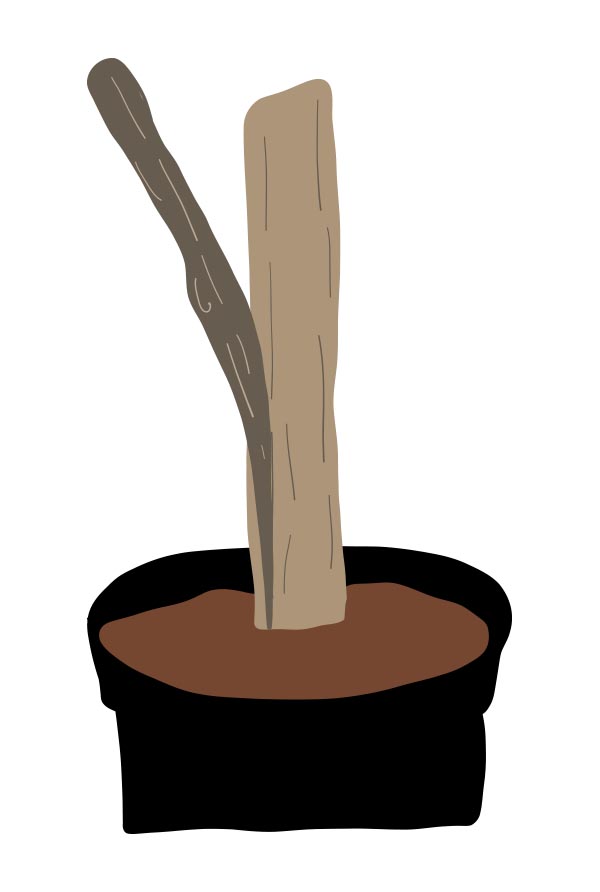
Side veneer
This type of grafting is great for plants which are difficult to root, such as conifers. This type of graft joins a scion to a potted, dormant rootstock.
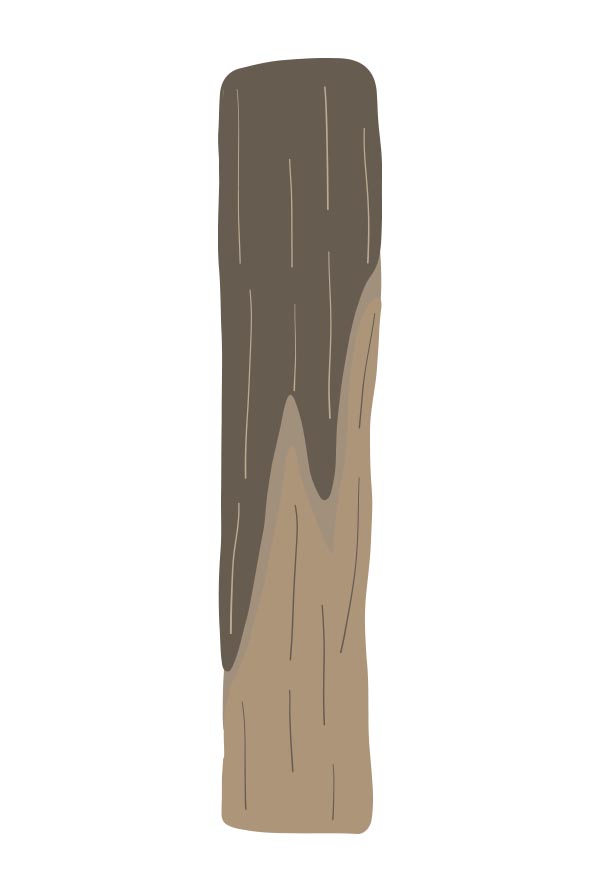
Whip and tongue
Whip and tongue grafting is mainly used for the production of fruit and ornamental plants. This grafting method is ideal when both the rootstock and scion are comparatively small in diameter—no more than 25mm.
What does our grafting process look like?
At our nursery, the grafting process starts in winter, whilst our plants are dormant. We select healthy and vigorous shoots of about 8mm thickness, and equal or thicker rootstocks. The rootstock and scions are then kept in temperature and humidity controlled conditions. Before bud break, two slanted cuts—with expert precision—are made on both the rootstock and scion, allowing for a strong graft that essentially “locks together”. The grafts are then bound together with grafting tape. The plants must be carefully maintained, and at around 4 to 6 weeks from grafting, signs of bud growth are usually visible. Following this—at around 6 to 8 weeks—the rootstock and scions should be fused together with a formed callus present. Continued maintenance of the grafts is essential to ensure a straight and high quality growth.
Grafting opens up many opportunities by allowing us to increase our plant offering. Our hardworking G Team are committed to the success of our grafts, and the efforts can be seen in our fantastic success rates and high quality plants, which we are proud to produce.

